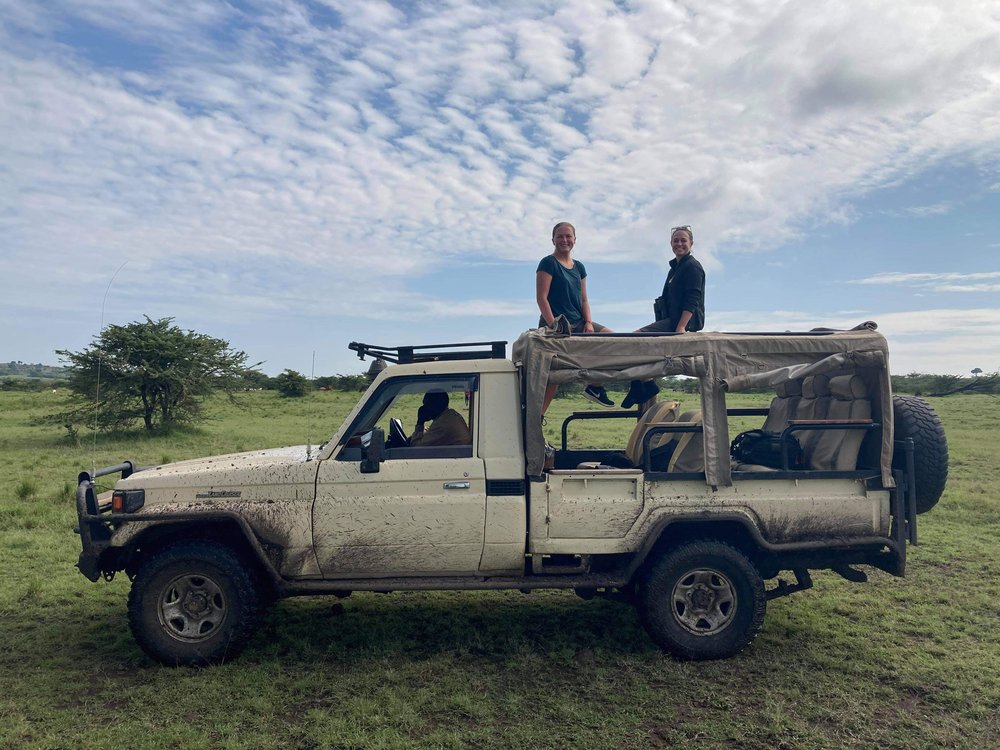A Tale from Mara North Conservancy Amidst Livestock, Animals and Corona
Covid-19 has turned everything upside down for the past year, and this is likewise true for the Mara. Tourism has suffered greatly and that was remarkably evident when out in Mara North Conservancy. The savanna, normally bustling with multiple safari cars from various camps, were now practically empty. This offered a unique wildlife experience, as you were able to fully enjoy every moment around the animals without other vehicles pushing you away. However, since most of the guides were reliant on each other’s observations and directions, this also became an obstacle for locating and spotting some of the shyer species, such as cheetah or leopard. 2020 has observed a massive baby boom across species and trophic levels in Mara North and the local belief is that the declining car presence has provided an unprecedented calm that has allowed the animals to reproduce in such a manner. It is worth noting, though, that 2020 has likewise been a remarkably wet year after a long drought, which could also explain the many young being born.

Since many within the local communities rely on tourism for additional household income, there was a fear that covid-19 would lead to higher rates of poaching. However, neither within Mara North nor the adjacent Mara Reserve, no significant increase has been detected. There have been several instances of poaching for bushmeat or illegal logging for coal production though, but all have been marked as desperate means to survive the loss of income. Not one case has been noted of poaching of animals for reselling to the black market, such as elephant ivory or rhino horns. Several camps, such as Karen Blixen Camp, also remain open although with limited staff on board but allow for rotations within the staff, such that every employee has the opportunity to continue working.
The local Maasai’s main income come from pastoralism. Our projects aim to examine how their livestock (cattle and shoats) affect the wild African herbivores. The cattle are part of a rotational grazing scheme, where Mara North has been divided into different blocks and every month the cattle rotate into a new block to allow the grass time to recuperate and regrow. The shoats (sheep and goats), however, are not part of the grazing plan and thus are only allowed in the settlement areas. Because there is a limit to the amount of cattle allowed in the conservancy, the number of shoats have increased exponentially without control. Therefore, we have counted both livestock and wild grazing animals present within settlement areas, the different grazing blocks as well as the no grazing blocks to document the level of interaction, either positive or negative, that exist between the domestic and wild animals. All of this is to determine whether the conservation plan within Mara North Conservancy is feasible and sustainable for both the locals and the wildlife.
While the data has yet to be processed, some observations during data collection provide interesting insights. Most commonly, we observed zebra, Thomson’ gazelle and wildebeest closest to the settlements and to the livestock, whereas buffalo and the small dik-dik in general kept their distance. A similar study done in 2019, a very dry year with limited rainfall, observed many wild animals within the no grazing blocks or the blocks only grazed in several months prior, whereas the current study, collected in a wet year with heavy rainfall, hardly found any wildlife present within these blocks. Whether or not, the data will corroborate this still remain to be seen, but it is certainly an interesting observation, nonetheless.